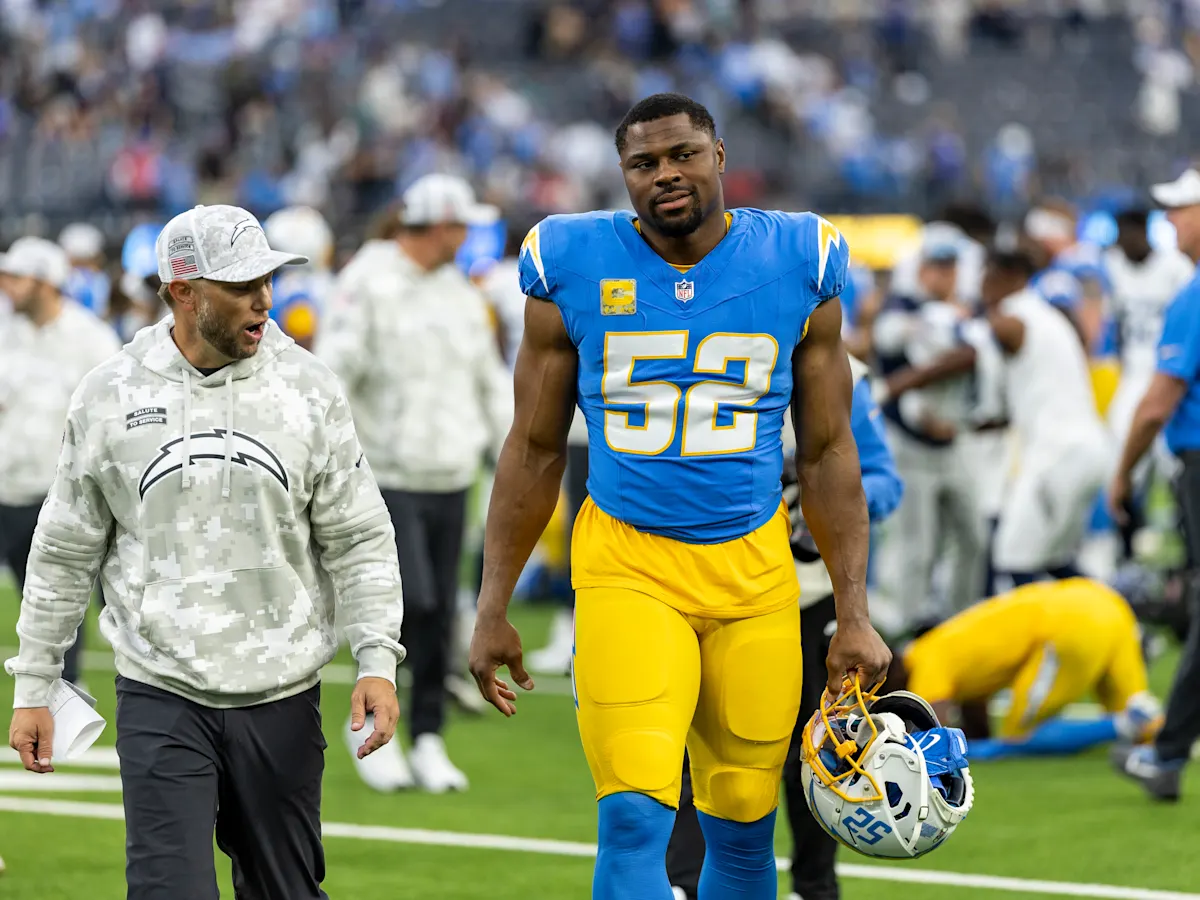
The Two-Time Legend: A Modern Update on the Achievements of a Baseball Icon
In the world of sports, few players achieve legendary status. Even fewer manage to etch their names into the history books multiple times. A “two-time legend,” a player who has achieved greatness not once, but twice, stands out not just for their success but also for their perseverance, adaptability, and ability to stay relevant in an ever-changing game. This article explores what it means to be a two-time legend in modern sports, focusing on one of the most notable players in recent history: the iconic figure who has dominated not just once, but twice, in their respective sport.
The Rise of a Modern Legend
A two-time legend doesn’t simply signify a player who has won multiple championships or accolades; it is about their ability to repeatedly perform at the highest level under changing circumstances. In baseball, a sport defined by its slow pace and long seasons, consistency is key. To be a true legend, a player must deliver on both an individual and team level, showing resilience and excellence through ups and downs.
One modern example of a two-time legend in baseball is Albert Pujols. He is widely regarded as one of the most complete players to ever step onto the field. Pujols’ achievements and dominance in Major League Baseball (MLB) during his peak years are a testament to his greatness. He wasn’t just a one-hit wonder—his sustained excellence over two separate periods of his career solidifies his status as a two-time legend.
The First Act: Pujols in His Prime
When Albert Pujols first burst onto the MLB scene with the St. Louis Cardinals in 2001, it didn’t take long for fans and critics to recognize he was something special. By the time his rookie season ended, Pujols had already earned the National League Rookie of the Year Award, and his future was bright. In the early years of his career, Pujols was almost unbeatable at the plate. His combination of power, precision, and ability to hit for average was unparalleled. Over his first 10 seasons, Pujols earned numerous accolades, including three National League MVP awards (2005, 2008, and 2009), and led the Cardinals to two World Series titles (2006 and 2011).
What made Pujols a legend during this period was his consistency. Every year, he was a force in the lineup, capable of hitting 30+ home runs, driving in 100+ RBIs, and batting over .300. His ability to stay healthy and productive for an extended period was a rare feat in the world of professional baseball, where injuries often plague even the most promising stars. For Pujols, his performance during his first decade made him one of the most feared hitters of his era and a key figure in the Cardinals’ sustained success.
Yet, like all players, Father Time eventually takes its toll. Pujols’ performances began to dip slightly as the years went on. In 2012, Pujols moved from the St. Louis Cardinals to the Los Angeles Angels, a move that presented new challenges, including adjusting to a new league and a new environment. While some doubted how effective he would be with his new team, they were about to witness Pujols’ second act as a two-time legend.
The Second Act: Pujols Reinvented
When Pujols moved to the Angels, many believed his best years were behind him. But as the saying goes, “legends never fade,” and Pujols proved that statement true. While his early years in Los Angeles were marked by struggles to meet his previous level of dominance, he soon began to reinvent himself. Pujols found ways to adapt to the changes in his game, and his ability to remain a key contributor for the Angels over the next decade helped solidify his place as a true two-time legend.
His resurgence came in 2019 when Pujols hit his 600th career home run, making him just the eighth player in MLB history to reach that milestone. This achievement demonstrated that, despite getting older, Pujols could still produce at a high level. His power remained intact, and his ability to hit for average, though not as consistent as his prime years, still allowed him to contribute meaningfully to the Angels’ offense. Moreover, Pujols became more of a mentor to younger players, helping to pass on his knowledge and love for the game.
Even as his role shifted, Pujols became a key part of the Angels’ lineup in the later years of his career. Although he wasn’t the same all-around player he had been with the Cardinals, he was still a powerful presence in the middle of the lineup. Pujols’ ability to remain relevant in a sport that demands constant adaptation speaks volumes about his work ethic, dedication, and determination to not only remain on the field but continue performing at an elite level.
What Makes a Two-Time Legend?
So, what does it take to become a two-time legend? A player who achieves legendary status twice, or in different periods of their career, must exhibit several key characteristics:
Adaptability: As players age and face challenges such as injuries or changes in their roles, their ability to adapt is crucial. A two-time legend doesn’t merely rely on the skills they had in their prime; they find new ways to contribute. Whether it’s adjusting their batting stance, refining their approach to hitting, or accepting a more limited role on the team, adaptability is at the heart of a legendary career.
Sustained Excellence: Being a legend for one season or a few years is impressive, but true legends maintain their excellence over the long term. A two-time legend’s ability to remain consistently great, even as conditions change, sets them apart from others. They understand how to remain competitive, even when their body may no longer allow them to perform as they did in their prime.
Mental Toughness: Professional athletes are often judged by their physical abilities, but mental toughness is equally important. The pressure of living up to expectations, overcoming adversity, and performing at the highest level takes a toll on the psyche. A two-time legend doesn’t crack under pressure. They are resilient, capable of pushing through the tough times and bouncing back stronger than ever.
Leadership and Influence: Great players inspire others. They lead by example both on and off the field. Even if a two-time legend is no longer the focal point of the team, their influence is still felt. Whether as a mentor, a motivator, or simply a presence in the clubhouse, the impact of a legend transcends their on-field performance.
Legacy Beyond Stats: While statistics are an important measure of success in sports, a true legend’s impact goes beyond numbers. A two-time legend often shapes the culture of a team or an entire sport. Their story becomes an inspiration for future generations of athletes, and their legacy influences how the game is played.
The Modern Two-Time Legends: More Than Just Stats
As time moves forward, more athletes will likely rise to the level of a two-time legend. In baseball, players like Mike Trout, Mookie Betts, and Bryce Harper are well on their way to becoming legends in their own right. Their ability to perform at an elite level year after year, combined with their influence on the game, positions them as potential two-time legends in the future.
In the broader context of sports, players who achieve success over multiple seasons or in different phases of their careers are increasingly celebrated for their resilience and ability to adapt. Today’s athletes are constantly faced with evolving competition, new training methods, and unforeseen challenges like injuries or off-field issues. To remain relevant and successful across multiple stages of their career, they must continually push the boundaries of their skills and mental fortitude.
Conclusion: The Everlasting Legacy of the Two-Time Legend
Being a two-time legend is about more than just reaching the pinnacle of success in one phase of a career. It’s about a player’s ability to reinvent themselves, stay relevant, and lead with influence across different chapters of their professional journey. Albert Pujols, for example, has shown that greatness is not just a momentary achievement, but a lifelong pursuit. His career exemplifies the qualities of a two-time legend: adaptability, sustained excellence, mental toughness, leadership, and a legacy that transcends individual accolades.
As the game of baseball continues to evolve, there will undoubtedly be new players who rise to legendary status more than once, carrying the mantle of those who came before them. The journey of the two-time legend is a testament to the power of resilience, the importance of adaptability, and the timeless nature of greatness in sports.







